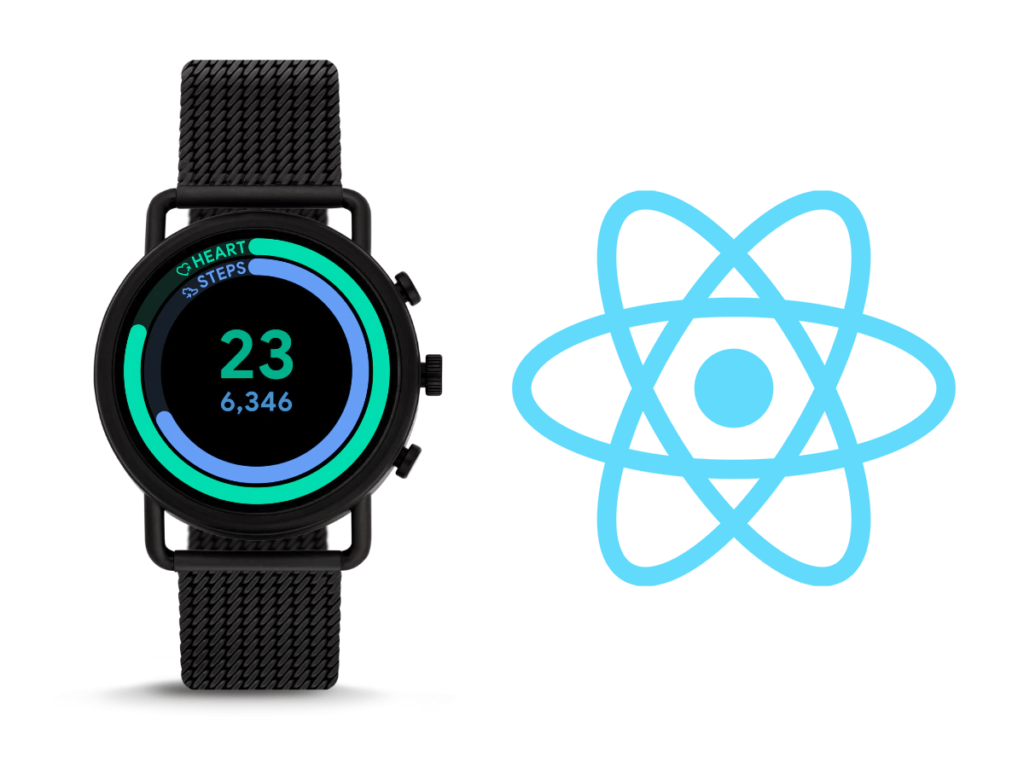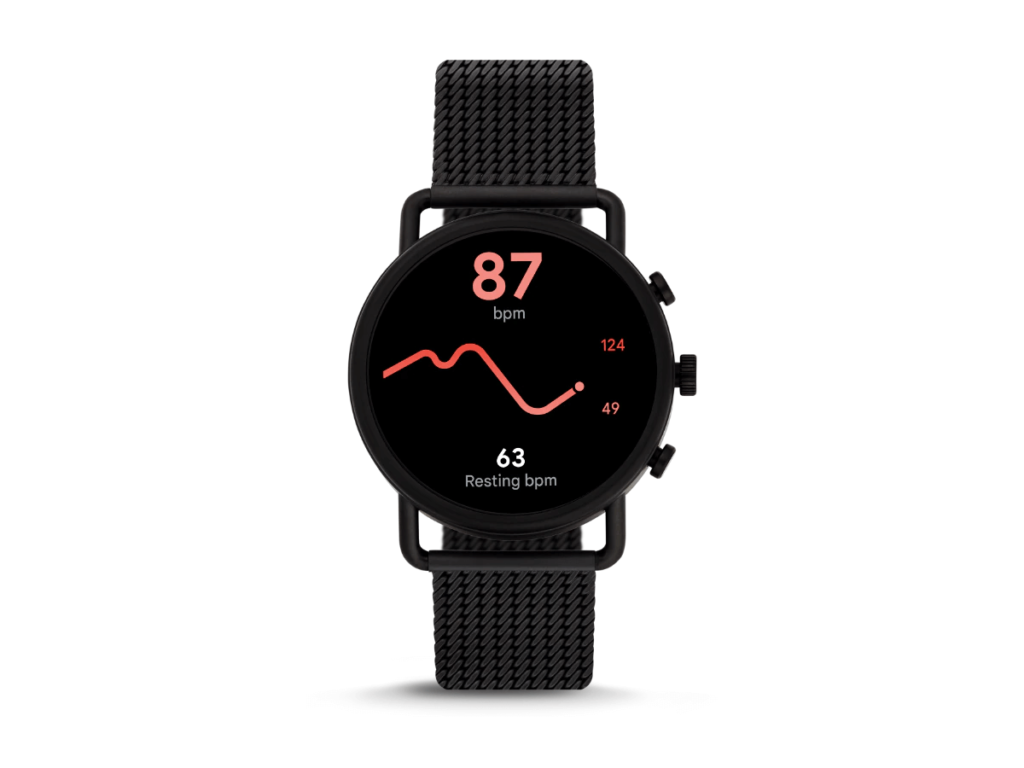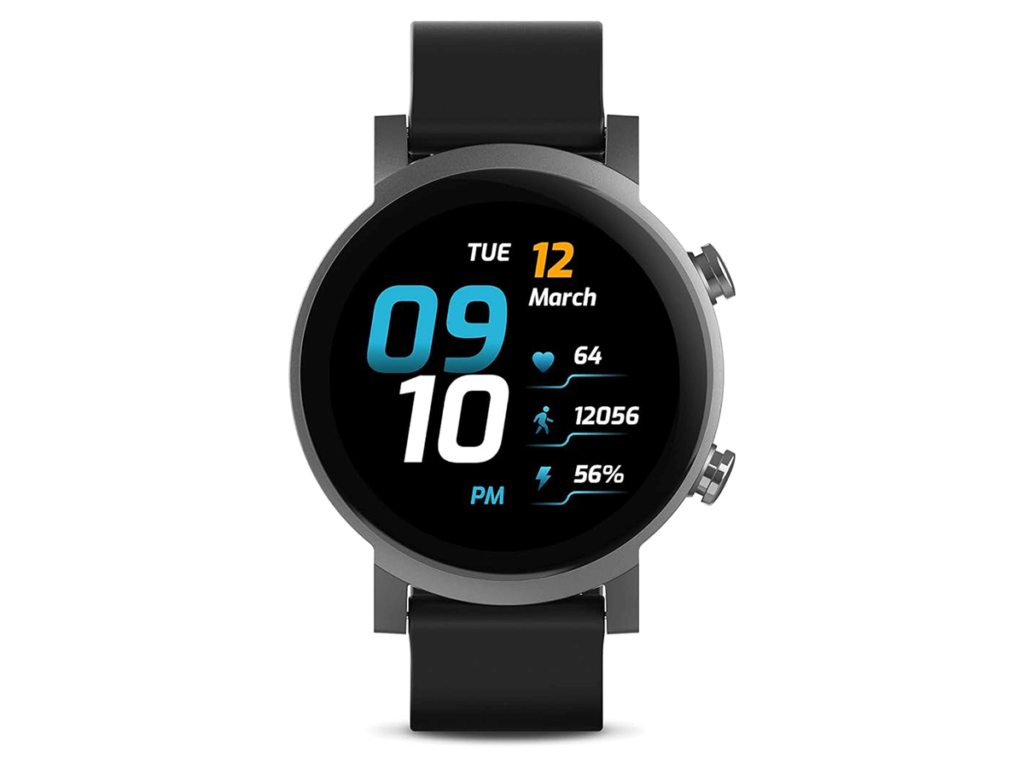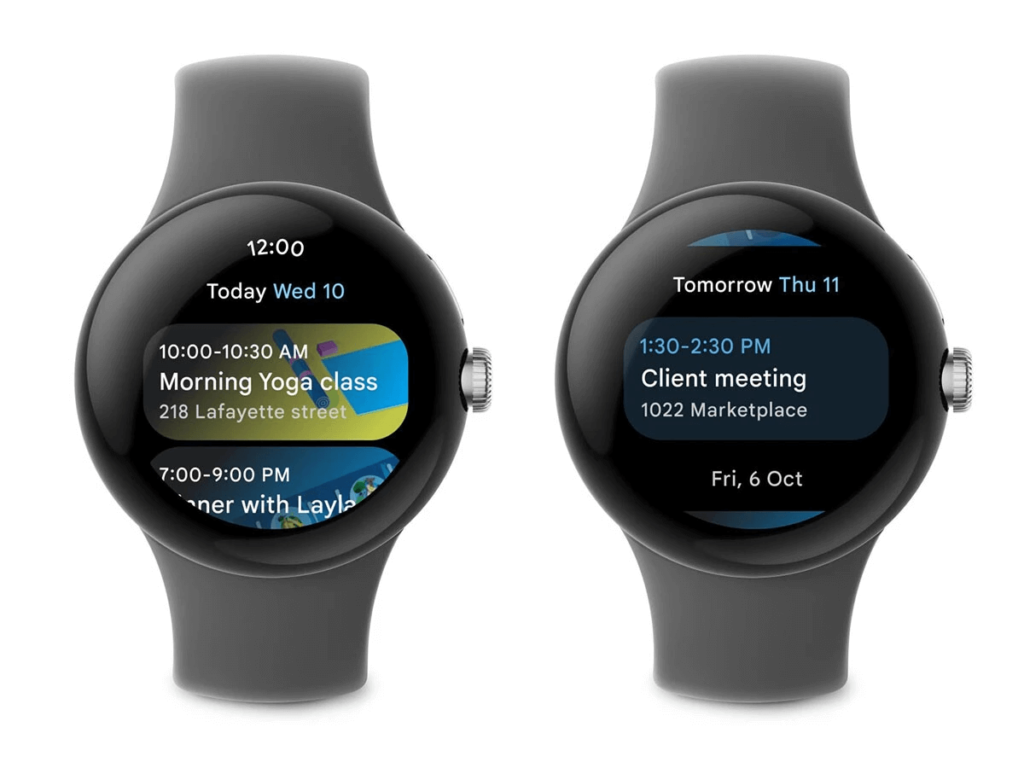The world of mobile development is ever-evolving, with new technologies and platforms emerging that challenge developers to innovate and adapt. Wear OS by Google is one such platform that has captured the attention of the tech community, especially with its integration capabilities with various wearable devices.
Meanwhile, React Native has established itself as a powerful framework for building mobile applications using JavaScript. This guide aims to bridge these two technologies, providing programmers with the necessary tools and knowledge to create responsive, efficient, and user-friendly applications for Wear OS using React Native. By the end of this article, you will be equipped with a solid foundation in Wear OS app development, ready to expand your programming horizons.

Índice De Conteúdo
Understanding Wear OS

Wear OS by Google, formerly known as Android Wear, is a version of Google’s Android operating system designed for smartwatches and other wearables. By integrating Google’s powerful services and APIs, Wear OS offers a robust platform for developing apps that extend the functionality of everyday wearables. With features such as Google Assistant, health tracking, and custom notifications, Wear OS devices provide a unique interaction model that developers need to understand in order to create truly useful applications.
One of the key aspects of Wear OS is its focus on glanceable information and quick interactions. This means that apps developed for Wear OS must be optimized to deliver information and functionality in the most efficient and accessible way possible. Understanding the capabilities and limitations of the OS, including its UI components and user input methods, is crucial for developers aiming to build applications that enhance the wearable experience.
Why React Native for Wear OS?

React Native is a popular framework that allows developers to build mobile apps using JavaScript and React. Its cross-platform nature means that developers can write one codebase that works on both Android and iOS devices, which has naturally extended to include Wear OS. Here are several reasons why React Native is particularly well-suited for Wear OS development:
- Code Reusability: Developers can reuse much of their existing React Native code when developing for Wear OS, speeding up the development process and reducing costs.
- Community and Support: React Native has a large and active community, which means a wealth of plugins and third-party libraries are readily available to help solve common issues encountered during development.
- Performance: React Native’s architecture is designed for efficient performance on mobile devices, which translates well to the constrained environments of wearables.
- Familiar Tools: Developers already familiar with React will find it easy to adapt to building applications for Wear OS, leveraging existing knowledge and tools.
Setting Up the Development Environment

Before you can start developing React Native apps for Wear OS, you’ll need to set up your development environment properly. This includes installing Node.js, the React Native CLI, Android Studio, and the necessary Android SDKs. Here are the steps to get you started:
- Install Node.js and Watchman: These tools are essential for running the React Native CLI and monitoring changes in your project files.
- Install the React Native CLI: You can install it globally using npm with
npm install -g react-native-cli. - Setup Android Studio: Android Studio is crucial for Wear OS development as it provides the emulator and SDK tools needed for testing and deployment.
- Download the Wear OS Emulator: Through Android Studio’s SDK Manager, ensure you download the Wear OS images for the emulator, allowing you to simulate Wear OS devices.
Designing for Wearables
Designing apps for Wear OS requires a different approach compared to traditional mobile apps. Here are some design principles specific to wearables:
- Simplicity and Speed: Interfaces should be minimalistic, providing only the essential information. This is because interactions with wearables are typically shorter.
- Context Awareness: Apps should leverage sensors and data to offer contextual information that is immediately relevant to the user.
- Ergonomics: Consider the ergonomics of using a wearable. Touch targets should be large enough to tap easily, and information should be readable at a glance without requiring users to scroll.
This section of the guide sets the stage for actually building your first app, which we will cover in the next steps of this article. I will proceed with detailing the development of a simple React Native app for Wear OS, testing, optimization strategies, and finally, deployment and maintenance practices. Would you like to proceed with these sections or adjust any of the topics covered so far?
Developing Your First React Native Wear OS App
Creating your first app with React Native for Wear OS is an exciting journey. Here’s a step-by-step guide to help you develop a basic application:
1.Create a New React Native Project:
react-native init WearOSAppThis command sets up a new React Native project named WearOSApp.
2.Modify App.js:
Begin by modifying the App.js file to include Wear OS specific design and functionality. For instance, you might want to add a simple interface that displays time and a message:
import React from 'react';
import { View, Text, StyleSheet } from 'react-native';
const App = () => (
<View style={styles.container}>
<Text style={styles.text}>Welcome to Wear OS</Text>
</View>
);
const styles = StyleSheet.create({
container: {
flex: 1,
justifyContent: 'center',
alignItems: 'center',
backgroundColor: '#333',
},
text: {
color: 'white',
fontSize: 20,
},
});
export default App;
This basic app displays a welcoming message, styled appropriately for readability on a small device.
3.Run the App on an Emulator:
You’ll need to set up an emulator for Wear OS in Android Studio or connect a compatible Wear OS device. Once set up, you can run your app:
react-native run-android
Ensure that your emulator or device is targeted correctly in your development environment.
Testing and Optimization
Testing is critical, especially on wearables where performance and responsiveness are crucial due to limited hardware capabilities.
- Use the Wear OS emulator for initial testing to see how your app performs on different models.
- Performance optimization is key. Make sure that your app uses resources efficiently. React Native itself is quite powerful at managing resources, but always monitor the performance.
- Test on real devices whenever possible. This helps you understand how your app behaves in real-world scenarios, particularly how it manages power consumption and handles different interaction modes.
Deployment and Maintenance
Once your app is developed and tested, it’s time to deploy it to the Google Play Store:
- Build the release APK:
react-native run-android --variant=release
- This command creates a release version of your app, which is optimized for performance and ready for deployment.
- Prepare for the Play Store:
- Make sure you have all the necessary metadata, such as app descriptions, icons, screenshots, and privacy policy.
- Follow Google’s guidelines for Wear OS apps to ensure your app is compliant and provides a great user experience.
- Publish and Monitor:
- Upload your APK to the Google Play Console.
- Keep an eye on user feedback and crash reports to quickly address any issues that might arise post-launch.
Additional Resources
GitHub Repositories
For developers looking to dive deeper into code examples and community projects, visiting GitHub repositories can be incredibly beneficial. Here are a few noteworthy repositories that focus on Wear OS by Android development:
- This tutorial is more focused on Jetpack Compose, but can offer useful insights into Wear OS app development in general. Visit the repository
- GitHub – bevkoski/react-native-android-wear-demo – A project on GitHub that demonstrates two-way communication between a React Native app and an Android Wear app. This repository can offer a good starting point for understanding how to configure and communicate between these two environments. Although the repository is archived and no longer actively maintained, the code examples and project structure may still be useful. Check out the samples
YouTube Videos
Visual learners may find YouTube videos a helpful resource to complement the technical documentation and written guides. Below are some channels and videos recommended for mastering Wear OS by Android:
Google Developers Channel: Offers official tutorials, news, and insights directly from Google. Their Wear OS playlist includes detailed videos on getting started, API guides, and best practices.
Official Wear OS documentation
The “Get started with Wear OS” page on the Android Developers website offers a comprehensive overview of how to get started developing for Wear OS. The documentation covers everything from user interface design to development best practices and can be an excellent source of learning to better understand the platform before trying to integrate technologies like React Native.
Find out more in this Vercel documentation:
Conclusion
Developing for Wear OS using React Native is an excellent opportunity to extend your app’s reach to a new category of devices. The process combines familiar React Native development practices with the specific considerations of wearable technology, creating a unique challenge for developers. By following this guide, you can start your journey in wearable app development, equipped with the knowledge to create, optimize, and deploy impactful Wear OS apps.

